SCIENCE AND TECHNOLOGY................................................................................................................................................................................................................................................................................... Indians Invented Science And Technology Without Any Equipment ARYABHATT (476 CE) MASTER ASTRONOMER AND MATHEMATICIAN Born in 476 CE in Kusumpur (Bihar), Aryabhatt's intellectual brilliance remapped the boundaries of mathematics and astronomy. In 499 CE, at the age of 23, he wrote a text on astronomy and an unparallel treatise on mathematics called "Aryabhatiyam. " He formulated the process of calculating the motion of planets and the time of eclipses. Aryabhatt was the first to proclaim that the earth is round, it rotates on its axis, orbits the sun and is suspended in space - 1000 years before Copernicus published his heliocentric theory. He is also acknowledged for calculating p (Pi) to four decimal places: 3.1416 and the sine table in trigonometry. Centuries later, in 825 CE, the Arab mathematician, Mohammed Ibna Musa credited the value of Pi to the Indians, "This value has been given by the Hindus." And above all, his most spectacular contribution was the concept of zero without which modern computer technology would have been non-existent. Aryabhatt was a colossus in the field of mathematics. BHASKARACHARYA II (1114-1183 CE) GENIUS IN ALGEBRA Born in the obscure village of Vijjadit (Jalgaon) in Maharastra, Bhaskaracharya' s work in Algebra, Arithmetic and Geometry catapulted him to fame and immortality. His renowned mathematical works called "Lilavati" and "Bijaganita" are considered to be unparalled and a memorial to his profound intelligence. Its translation in several languages of the world bear testimony to its eminence. In his treatise "Siddhant Shiromani" he writes on planetary positions, eclipses, cosmography, mathematical techniques and astronomical equipment. In the "Surya Siddhant" he makes a note on the force of gravity: "Objects fall on earth due to a force of attraction by the earth. Therefore, the earth, planets, constellations, moon, and sun are held in orbit due to this attraction." Bhaskaracharya was the first to discover gravity, 500 years before Sir Isaac Newton. He was the champion among mathematicians of ancient and medieval India. His works fired the imagination of Persian and European scholars, who through research on his works earned fame and popularity. ACHARYA KANAD (600 BCE) FOUNDER OF ATOMIC THEORY As the founder of "Vaisheshik Darshan"- one of six principal philosophies of India - Acharya Kanad was a genius in philosophy. He is believed to have been born in Prabhas Kshetra near Dwarika in Gujarat. He was the pioneer expounder of realism, law of causation and the atomic theory. He has classified all the objects of creation into nine elements, namely: earth, water, light, wind, ether, time, space, mind and soul. He says, "Every object of creation is made of atoms which in turn connect with each other to form molecules." His statement ushered in the Atomic Theory for the first time ever in the world, nearly 2500 years before John Dalton.. Kanad has also described the dimension and motion of atoms and their chemical reactions with each other. The eminent historian, T.N. Colebrook, has said, "Compared to the scientists of Europe, Kanad and other Indian scientists were the global masters of this field." NAGARJUNA (100 CE) ACHARYA CHARAK (600 BCE) FATHER OF MEDICINE ACHARYA SUSHRUT (600 BCE) A genius who has been glowingly recognized in the annals of medical science. Born to sage Vishwamitra, Acharya Sudhrut details the first ever surgery procedures in "Sushrut Samhita," a unique encyclopedia of surgery. He is venerated as the father of plastic surgery and the science of anesthesia. When surgery was in its infancy in Europe, Sushrut was performing Rhinoplasty (restoration of a damaged nose) and other challenging operations. In the "Sushrut Samhita," he prescribes treatment for twelve types of fractures and six types of dislocations. His details on human embryology are simply amazing. Sushrut used 125 types of surgical instruments including scalpels, lancets, needles, Cathers and rectal speculums; mostly designed from the jaws of animals and birds. He has also described a number of stitching methods; the use of horse's hair as thread and fibers of bark. In the "Sushrut Samhita," and fibers of bark. In the "Sushrut Samhita," he details 300 types of operations. The ancient Indians were the pioneers in amputation, caesarian and cranial surgeries. Acharya Sushrut was a giant in the arena of medical science. VARAHAMIHIR (499-587 CE) Renowned astrologer and astronomer who was honored with a
special decoration and status as one of the nine gems in the
court of King Vikramaditya in Avanti (Ujjain). Varahamihir'
s book "panchsiddhant" holds a prominent place in the realm
of astronomy. He notes that the moon and planets are
lustrous not because of their own light but due to sunlight.
In the "Bruhad Samhita" and "Bruhad Jatak," he has revealed
his discoveries in the domains of geography, constellation,
science, botany and animal science. In his treatise on
botanical science, Varamihir presents cures for various
diseases afflicting plants and trees. The rishi-scientist
survives through his unique contributions to the science of
astrology and astronomy. ACHARYA PATANJALI (200 BCE) The Science of Yoga is one of several unique contributions of India to the world. It seeks to discover and realize the ultimate Reality through yogic practices. Acharya Patanjali, the founder, hailed from the district of Gonda (Ganara) in Uttar Pradesh. He prescribed the control of prana (life breath) as the means to control the body, mind and soul. This subsequently rewards one with good health and inner happiness. Acharya Patanjali's 84 yogic postures effectively enhance the efficiency of the respiratory, circulatory, nervous, digestive and endocrine systems and many other organs of the body. Yoga has eight limbs where Acharya Patanjali shows the attainment of the ultimate bliss of God in samadhi through the disciplines of: yam, niyam, asan, pranayam, pratyahar, dhyan and dharna. The Science of Yoga has gained popularity because of its scientific approach and benefits. Yoga also holds the honored place as one of six philosophies in the Indian philosophical system. Acharya Patanjali will forever be remembered and revered as a pioneer in the science of self-discipline, happiness and self-realization. ACHARYA BHARADWAJ (800 BCE) Acharya Bharadwaj had a hermitage in the holy city of Prayag and was an ordent apostle of Ayurveda and mechanical sciences. He authored the "Yantra Sarvasva" which includes astonishing and outstanding discoveries in aviation science, space science and flying machines. He has described three categories of flying machines: 1.) One that flies on earth from one place to another. 2.) One that travels from one planet to another. 3.) And One that travels from one universe to another. His designs and descriptions have impressed and amazed aviation engineers of today. His brilliance in aviation technology is further reflected through techniques described by him:
ACHARYA KAPIL (3000 BCE) Celebrated as the founder of Sankhya philosophy, Acharya Kapil is believed to have been born in 3000 BCE to the illustrious sage Kardam and Devhuti. He gifted the world with the Sankhya School of Thought. His pioneering work threw light on the nature and principles of the ultimate Soul (Purusha), primal matter (Prakruti) and creation. His concept of transformation of energy and profound commentaries on atma, non-atma and the subtle elements of the cosmos places him in an elite class of master achievers - incomparable to the discoveries of other cosmologists. On his assertion that Prakruti, with the inspiration of Purusha, is the mother of cosmic creation and all energies, he contributed a new chapter in the science of cosmology. Because of his extrasensory observations and revelations on the secrets of creation, he is recognized and saluted as the Father of Cosmology. |
|||||||
|
|
|||||||




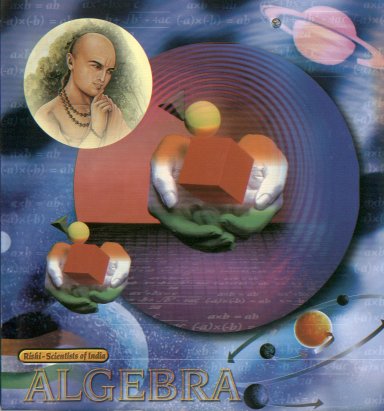
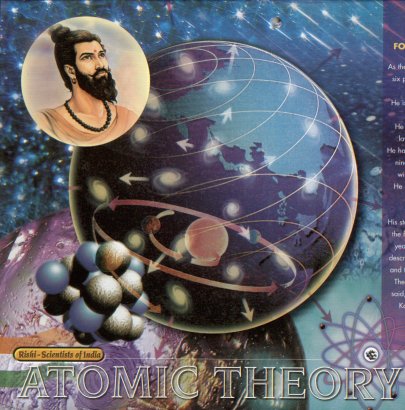
 WIZARD
OF CHEMICAL SCIENCE
WIZARD
OF CHEMICAL SCIENCE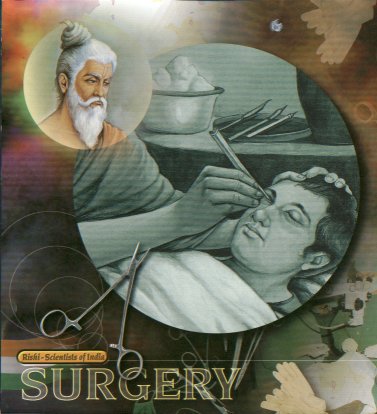 FATHER
OF PLASTIC SURGERY
FATHER
OF PLASTIC SURGERY
 EMINENT
ASTROLOGER AND ASTRONOMERA
EMINENT
ASTROLOGER AND ASTRONOMERA
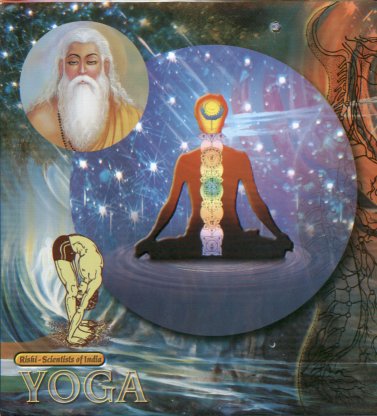 FATHER
OF YOGA
FATHER
OF YOGA
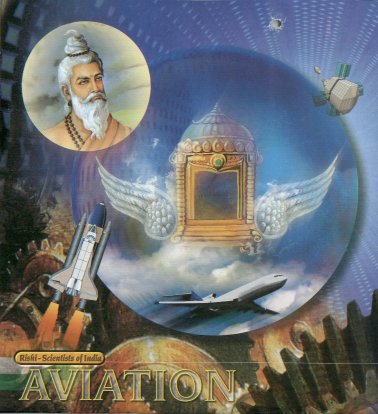 PIONEER
OF AVIATION TECHNOLOGY
PIONEER
OF AVIATION TECHNOLOGY
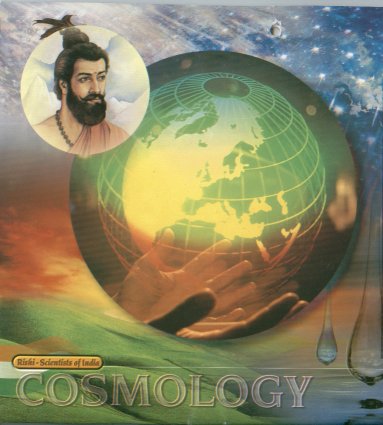 FATHER
OF COSMOLOGY
FATHER
OF COSMOLOGY 